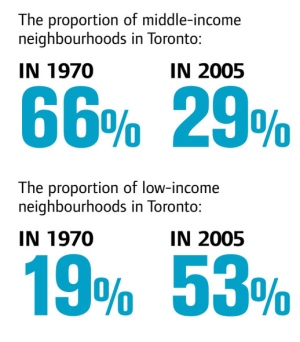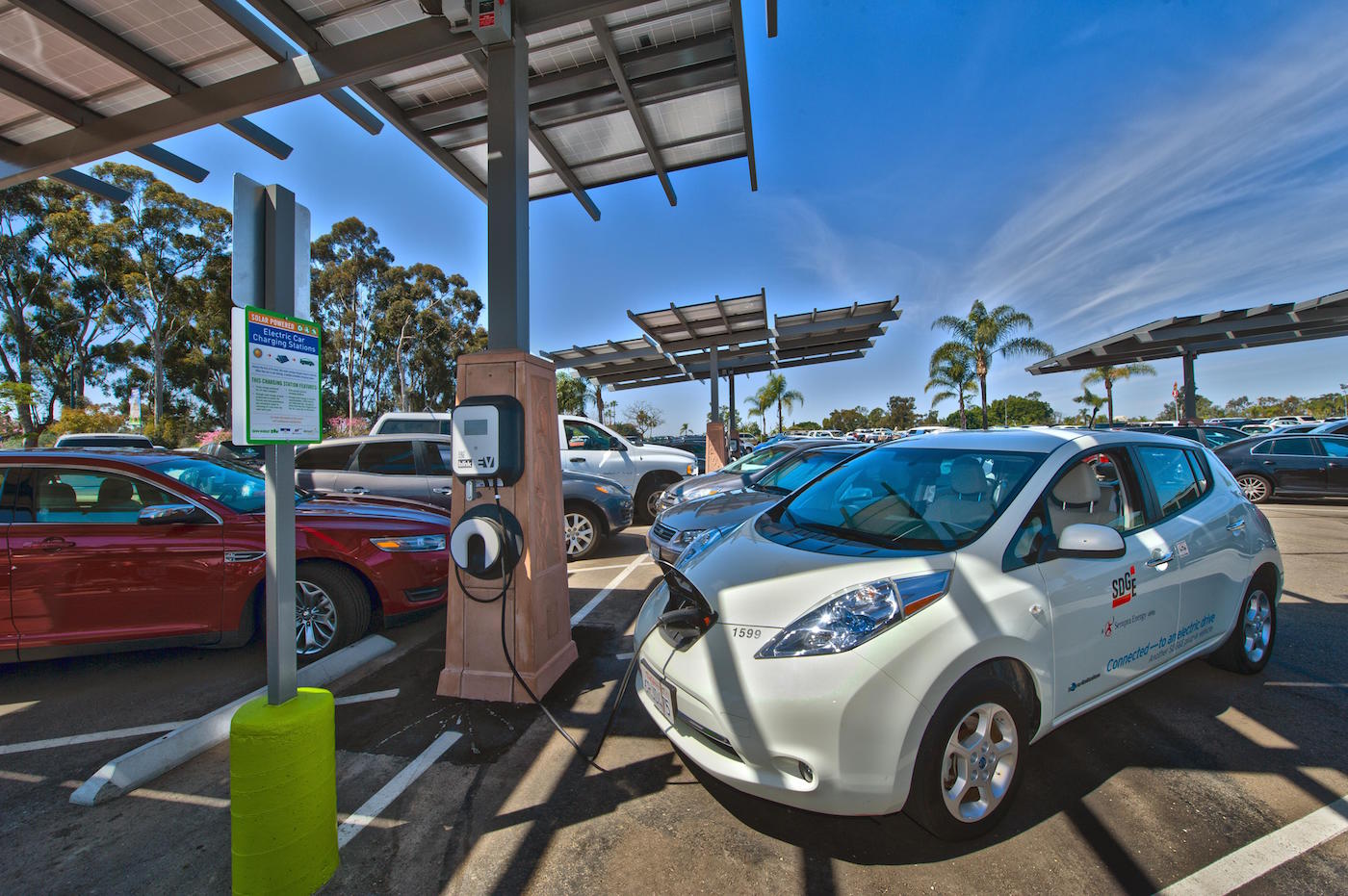
To get an idea of what of what Toronto might look like the next 10 years, researchers from University of Toronto took a look at the last 35 years.
Income gaps in Toronto

A chart shows the growing divide in income in Toronto. (The Three Cities Within Toronto)
The result is the Three Cities report — a study on income inequality by J. David Hulchanski of Cities Centre and the faculty of social work at U of T. That report looked at income inequality in the city over a period of 1970 to 2005.
But looking ever further afar, Toronto’s “three cities” will not only change, but come close to disappearing.
From our partners:
Dwayne Morgan says he’s proud of growing up in Scarborough. But he says it’s different now — mainly less affordable, with fewer big factories providing jobs.
“You need companies like that in order to support the economy and give people the hope of the Canadian Dream,” said Morgan.
The three cities identified by J. David Hulchanski are:
City #1
The first is a predominantly high-income area within the boundaries of the old city of Toronto, in which neighbourhood incomes have risen a great deal relative to the Toronto Census Metropolitan Area (CMA) average since 1970. Hulchanski writes that these neighbourhoods are generally found in the central city and close to the city’s subway lines.
City #2
The in-between city in Toronto is a mainly middle-income area, where neighbourhood incomes have remained fairly close to the CMA average since 1970.
City #3
The third city is a generally low-income area of Toronto, in which neighbourhood incomes have fallen substantially over the past few decades compared to the average. These neighbourhoods are found mostly in the northeastern and northwestern parts of Toronto.
The changes that longtime residents of Scarborough notice are reflected in Hulchanski’s report. He’s mapped income levels across the city over time and found that former middle-income areas like in Scarborough are disappearing.
This is while the city’s richer areas get richer, and its poorer areas get poorer. It’s a trend he says will just continue into 2025 — that is, if nothing changes.
“Ten years from now, 15 years from now, we’ll have whole parts of the city that are full of people without very good life opportunities, earning very little money, trying to get by that way,” Hulchanski said. “And then another part that is the opposite.”
The growing gap is not just inequality, but what his report calls income polarization.
A lot of the polarization comes down to growth rates — certain parts of the city are growing faster than others, creating large gaps in wealth.
Hulchanski says it’s not too late to turn things around if there’s political will. More investments in economic development and housing could lead to a more prosperous 2025 for more people in our city.
He argues the polarization could be reversed by making housing more affordable to low-income populations, expanding access to transit and services in places where the need is greatest and renewing the aging high-rise towers scattered throughout low-income areas.
This feature is adopted from CBC














